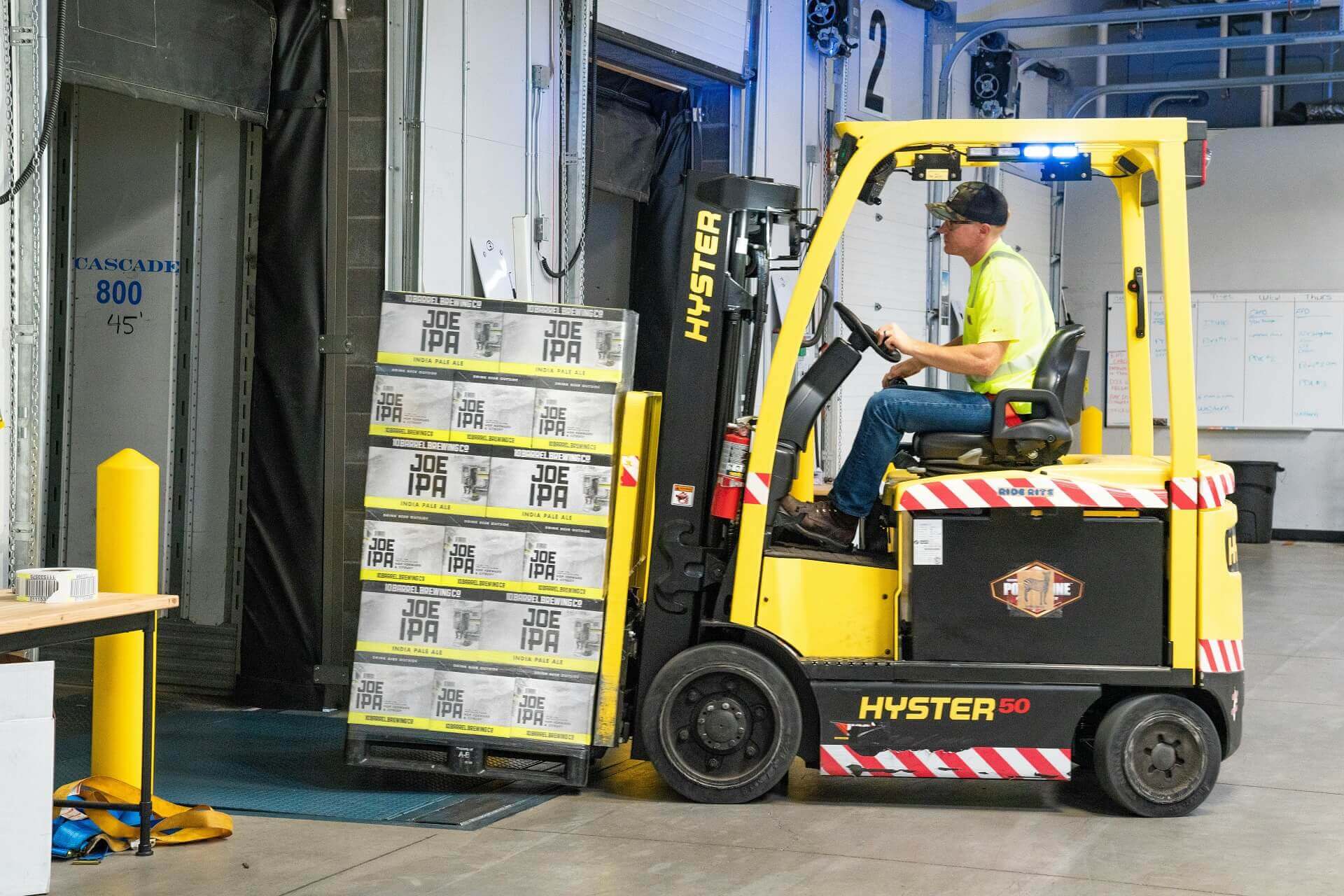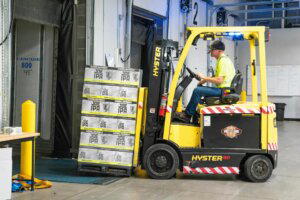How to prevent freight damage
Freight and cargo damage pose significant financial and reputational challenges in the shipping industry. Due to the industry’s complexity and diversity, exact statistics are difficult to determine, but global freight damage losses amount to billions of dollars annually. In this article, we provide key strategies to minimize the risk of freight damage.

What is Freight damage?
Let’s begin by defining freight damage. Freight damage refers to any harm, loss, or compromise that goods experience during transport. This includes physical damage or deterioration affecting a shipment from the moment it leaves the shipper until it reaches its destination, potentially impacting the item’s usability, quality, or value. Common causes include accidents, handling errors, environmental factors, and inadequate packaging.
Types of freight damage
Freight can be damaged in various ways, including:
- Visible Damage. This refers to noticeable harm to the shipment at the time of delivery, such as crushed boxes, broken pallets, punctured containers, or leaking products. These damages are typically easy to identify and should be documented immediately upon receipt.
- Shortage. A shortage occurs when the quantity of goods delivered is less than what is stated on the bill of lading (BOL). This may result from packing errors, theft, or lost packages during transit. Prompt reporting is essential for resolving claims efficiently.
- Concealed Damage. This type of damage is not immediately visible upon delivery and is only discovered after unpacking. It often occurs due to internal shifting, inadequate packaging, or impacts during transit that leave the outer packaging intact.
- Loss. Loss refers to the complete disappearance of freight during transportation. Common causes include misrouting, theft, mishandling at transfer points, or documentation errors.
How to prevent freight damage?
Even if you, as a shipper, are not directly responsible for freight damage, it can still lead to financial losses and reputational harm. Therefore, we recommend following these guidelines to minimize the risk of freight and cargo damage.
- Proper packaging and labelling. Ensure that goods are securely packaged with adequate cushioning, dunnage materials, sturdy boxes, and reinforced materials. Ensure cargo weight is distributed as evenly and uniformly as possible. Use moisture-resistant materials or ventilated containers for cargo sensitive to humidity. Clearly labeling fragile or heavy items helps handlers take appropriate care.
- Use security seals. Employ security seals, such as bolt seals, cable seals, or indicative seals, to protect cargo from tampering and theft. Security seals provide immediate evidence if tampering has occurred.
- Invest in security. In addition to using security seals, we also recommend investing in other security measures, such as cargo locks, strategic planning, and hiring reliable employees. For more insights on this topic, check out our article on preventing cargo theft.
- Invest in technology: Implement tracking technologies, real-time GPS monitoring, and sensors that detect shocks, temperature fluctuations, and unauthorized access to freight.
- Correct loading and securing techniques. Follow recommended practices for stacking, distributing weight evenly, and securing loads to pallets. Utilize straps, edge protectors, and shrink wrap to minimize movement during transit.
- Instruction and communication. Train employees on proper freight handling techniques. Effective communication between suppliers, shippers, and receivers ensures everyone is aware of special handling requirements.
- Select reliable carriers. Partner with reputable transportation companies that prioritize safety, have robust security measures, and carry comprehensive insurance coverage. Evaluate their track records before starting a partnership.
What to do when freight is damaged?
Upon delivery, recipients should thoroughly inspect cargo before signing the delivery receipt. Once the receipt is signed without reservations, it becomes significantly harder to prove when or how the damage occurred. If you have determined cargo is damaged, we advise the following steps.
- Document immediately. Upon discovering damage, document it thoroughly with photographs and notes, recording specific details like the date, time, and description of the damage.
- Notify relevant parties. Promptly contact the carrier, supplier, and insurer, clearly stating the nature and extent of damage. Immediate notification helps expedite claim resolution.
- Keep damaged goods. Retain the damaged goods and packaging until the claim process is completed, as they may need inspection to validate the claim.
- File a claim: Initiate the claims process by submitting necessary documentation, including photographs, BOL, invoices, and any relevant correspondence.
Additionally, it is strongly recommended to obtain appropriate freight insurance coverage to financially protect your business against potential losses arising from damage, loss, or theft during transit. Clearly defining liability through internationally recognized shipping terms (such as Incoterms) can prevent disputes and clarify responsibilities among shippers, carriers, and receivers.
By proactively managing freight risks through, clear liability agreements, and diligent inspection procedures, businesses can effectively minimize financial exposure, reduce misunderstandings, and enhance overall customer satisfaction.
About Hoefon Security Seals
Hoefon Security Seals is a certified supplier of security seals, railcar seals, cargo locks and shipping damage indicators. We ship worldwide and also expert in manufacturing custom solutions. Please feel free to contact us.

Niels Pas
CEO Hoefon Security Seals
Niels Pas has been Hoefon Security Seals’ CEO since 2017. He has extensive international experience and speaks 4 languages professionally.


